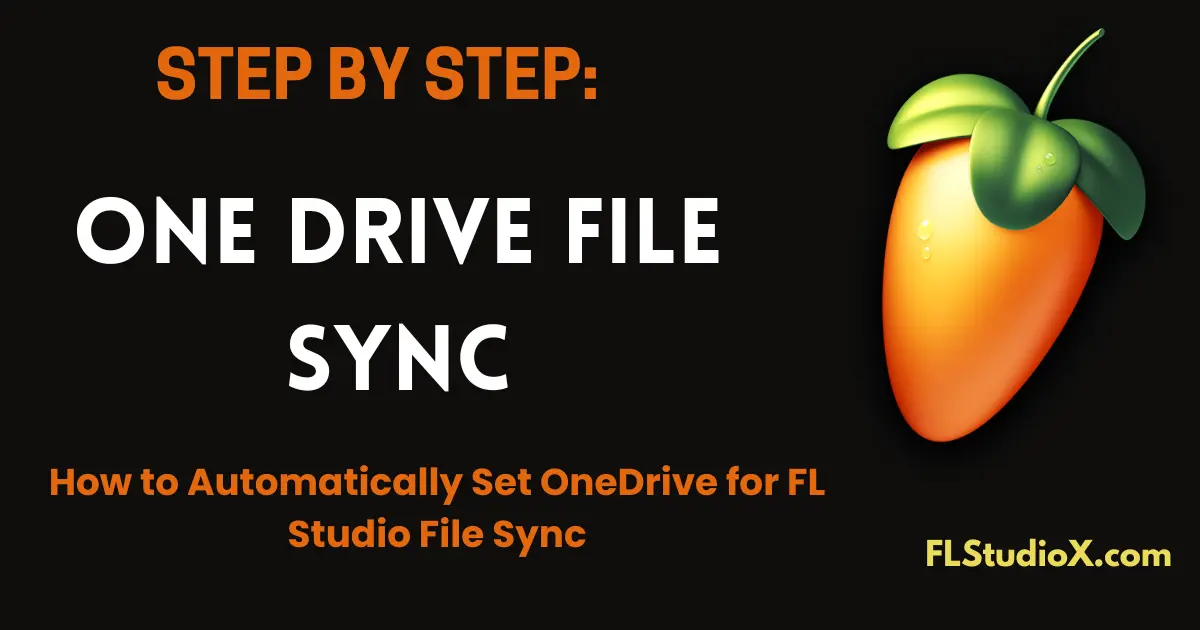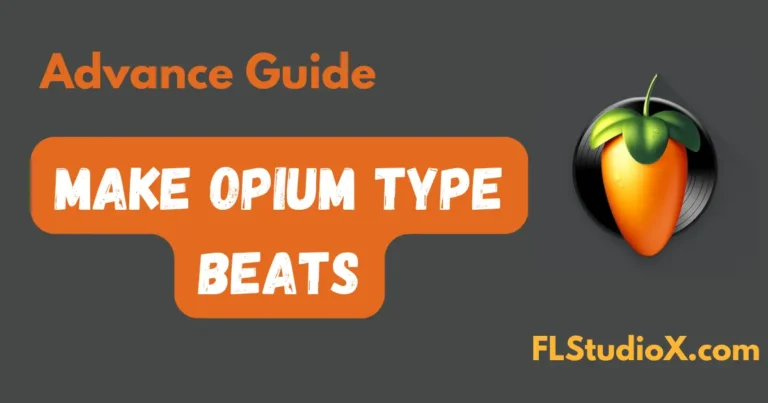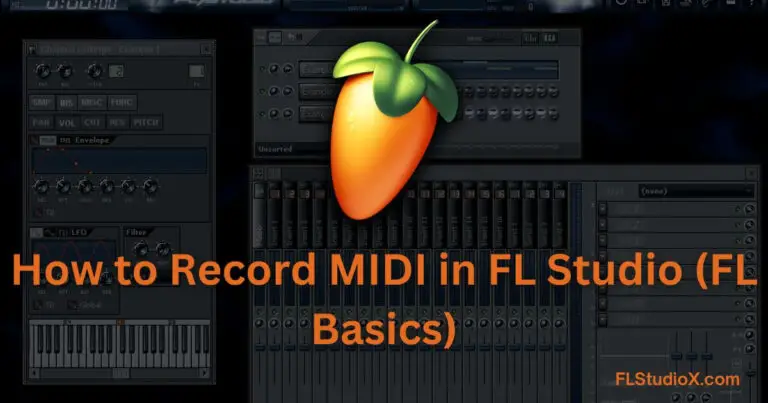
FL Studio is known for its intuitive interface and powerful music production capabilities, is a go-to choice for many producers. But did you know you can enhance your workflow by integrating it with OneDrive? This integration ensures your FL Studio projects, samples, and settings are accessible anywhere, anytime. Whether you’re a budding producer or a seasoned pro, syncing FL Studio with OneDrive can simplify your production process.
This guide provides an in-depth look into why and how you should use OneDrive with FL Studio, making your creative process smoother, safer, and more organized.
Why Connect OneDrive with FL Studio?
Before diving into the setup, let’s explore the key benefits of using OneDrive for FL Studio:
1. Automatic Backups
OneDrive automatically saves your files to the cloud. If your computer crashes, your projects and settings remain safe and recoverable.
2. Cross-Device Syncing
Access your FL Studio projects from any device connected to OneDrive. This is perfect for producers who work on multiple machines or collaborate remotely.
3. Collaboration Made Easy
Share projects with collaborators instantly by sharing OneDrive folders. This ensures everyone has access to the latest version of the file.
4. Save Local Storage Space
Keep your hard drive free of clutter by storing large FL Studio projects in the cloud.
Step-by-Step Guide to Integrate OneDrive with FL Studio
Here’s how you can seamlessly set up FL Studio to use a OneDrive folder for your projects and data:
Step 1: Set Up Your OneDrive Folder
- Sign in to OneDrive
If you haven’t already, log in to your OneDrive account on your computer. Download the OneDrive app if needed and complete the setup. - Create a Dedicated FL Studio Folder
Navigate to your OneDrive directory on your computer and create a folder for FL Studio files. You can organize this folder like so:OneDrive > FL Studio Projects ├── Samples ├── Plugins └── Rendered Tracks - Enable Folder Sync
Ensure this folder is set to sync automatically with OneDrive. To check:- Right-click on the folder.
- Select OneDrive > Always Keep on This Device.
Step 2: Change the User Data Folder in FL Studio
FL Studio stores its default settings and project files in a specific directory. You can change this directory to the OneDrive folder you created.
- Open FL Studio
Launch FL Studio and ensure you’re working with the latest version. - Access File Settings
- Go to Options > File Settings.
- Locate the User Data Folder section.
- Point to the OneDrive Folder
- Click the folder icon next to the User Data Folder.
- Browse and select the folder you created in OneDrive (e.g.,
OneDrive > FL Studio Projects).
- Restart FL Studio
Restart FL Studio to ensure the new folder path is applied.
Step 3: Optimize OneDrive Settings
For a seamless experience, configure your OneDrive settings to avoid sync issues:
- Check Sync Status
Open OneDrive and ensure your FL Studio folder is syncing without errors. - Manage Storage
Keep an eye on your OneDrive storage space. FL Studio projects, especially those with heavy audio samples, can consume significant space. Upgrade your storage plan if needed. - Disable Conflicting Apps
Avoid running multiple cloud services (e.g., Google Drive, Dropbox) simultaneously to prevent file conflicts.
Best Practices for Using FL Studio with OneDrive
1. Keep Files Organized
Organize your OneDrive folder into subfolders for samples, projects, plugins, and rendered files. This structure makes it easy to locate files.
2. Enable Version History
OneDrive offers a Version History feature that lets you revert to previous versions of a file. This is especially useful if you make unwanted changes to a project.
3. Work Offline When Necessary
OneDrive sync issues may arise if your internet connection is unstable. To prevent interruptions, enable the Always Keep on This Device option for frequently used files.
4. Avoid Simultaneous Access
Opening the same FL Studio project on multiple devices at the same time can cause file conflicts. Ensure only one device accesses the file at a time.
Common Issues and Troubleshooting Tips
Even with proper setup, you might face some issues. Here’s how to resolve them:
Issue 1: FL Studio Not Saving to OneDrive
- Fix: Check the User Data Folder path in FL Studio’s settings and ensure it points to the correct OneDrive directory.
Issue 2: Slow OneDrive Sync Speeds
- Fix: Reduce sync load by archiving large, unused projects into a ZIP file. Ensure a stable internet connection.
Issue 3: Missing Files in OneDrive
- Fix: Check the Recycle Bin or Version History in OneDrive to recover deleted files.
Issue 4: OneDrive Storage is Full
- Fix: Free up space by moving older files to an external hard drive or upgrading your OneDrive plan.
Advantages of Using OneDrive for FL Studio
Here’s why producers love combining FL Studio with OneDrive:
1. Effortless Collaboration
Share projects with collaborators in a single click, ensuring everyone works with the latest version.
2. Peace of Mind
OneDrive’s cloud backup protects your work from accidental loss, hardware failure, or theft.
3. Accessibility on the Go
Start a project on your desktop and continue editing it on your laptop seamlessly.
4. Scalability
As your production library grows, you can scale your OneDrive storage to meet your needs.
FAQs
How do I make FL Studio save projects directly to OneDrive?
Change the User Data Folder in FL Studio’s File Settings to point to a folder within your OneDrive directory.
Is using OneDrive safe for FL Studio projects?
Yes, OneDrive offers encryption and secure file access, making it a reliable storage option for sensitive files.
Can I collaborate with others using OneDrive and FL Studio?
Absolutely! Share your OneDrive folder with collaborators to work on projects together.
Does OneDrive affect FL Studio’s performance?
No, as long as you have sufficient local storage and a stable internet connection, OneDrive will not impact FL Studio’s performance.
What happens if I run out of OneDrive space?
You’ll need to free up space or upgrade your storage plan to continue syncing files.
Can I use other cloud services with FL Studio?
Yes, you can use alternatives like Google Drive or Dropbox, but OneDrive integrates seamlessly with Windows systems.
Conclusion
Integrating FL Studio with OneDrive is a game-changer for producers who value flexibility, collaboration, and data security. By setting up your User Data Folder to sync with OneDrive, you’ll have peace of mind knowing your projects are safe, accessible, and always up to date.
Whether you’re working on a beat at home or editing tracks on the go, this integration ensures your creative flow remains uninterrupted. So, take the first step today—set up OneDrive for FL Studio and elevate your production workflow!






